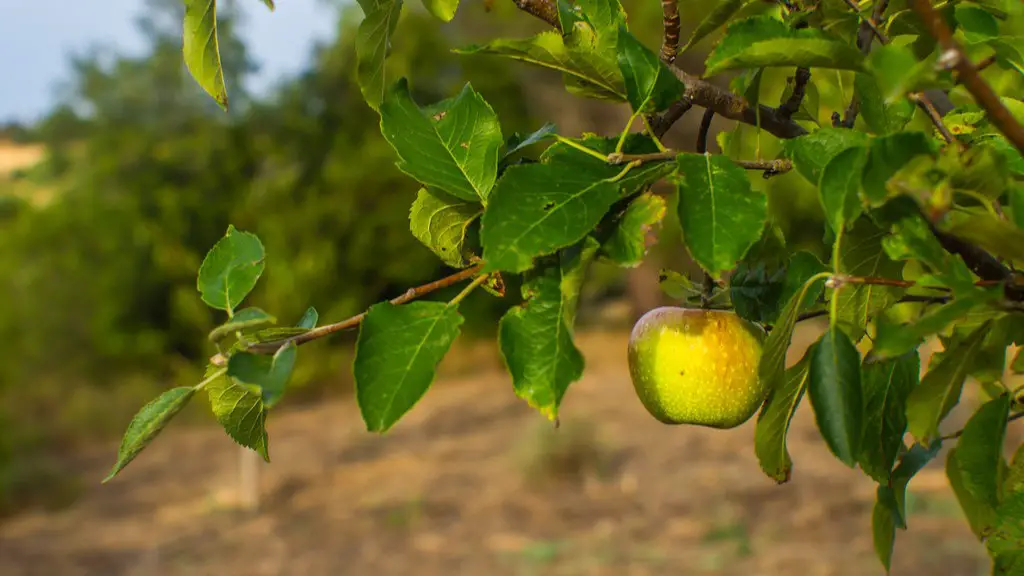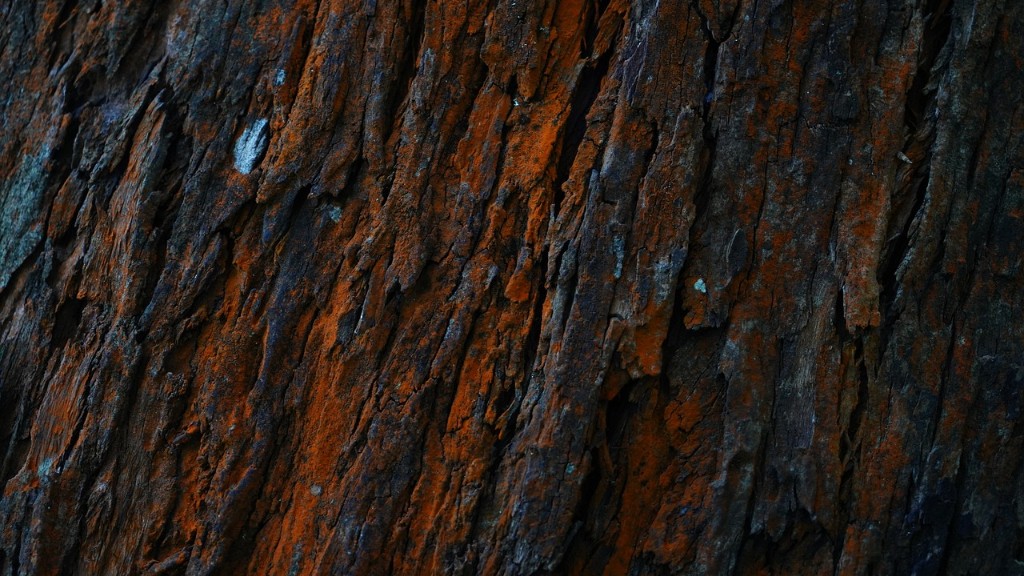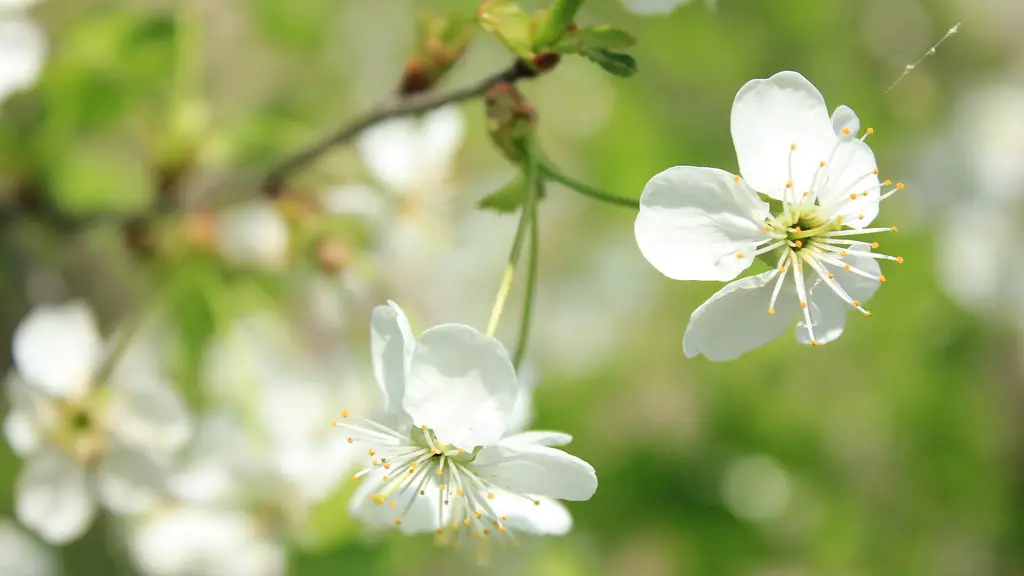Honeycrisp apples are a type of apple that is known for its sweetness and juiciness. They are a popular choice for eating fresh, and can also be used in baking and cooking. If you live in an area with a climate that is suitable for growing apples, you can grow your own honeycrisp apple tree.
To grow a honeycrisp apple tree, you’ll need to start with a young tree from a nursery. Once you have your tree, plant it in an area that gets full sun and has well-drained soil. Water your tree regularly, especially during hot, dry periods. Fertilize your tree yearly in early spring. Once your tree starts bearing fruit, thin the apples so that there are about 6 inches between each one. This will help the apples to grow larger. Enjoy your honeycrisp apples fresh from the tree!
How long does it take for Honeycrisp apple tree to bear fruit?
Honeycrisp trees take two to eight years to produce their first apples, depending on their size. Once the tree is matured, you should see fruit every year, as long as you properly care for the tree.
The Honeycrisp apple tree is considered to be tough to grow by even professional orchardists, so it presents a challenge for the home gardener. It is scab-resistant but otherwise susceptible to many diseases, such as black rot, powdery mildew and fire blight.
Can I grow a Honeycrisp apple tree from seed
Honeycrisp apple trees are a variety of apple tree that is known for its sweet, crisp apples. The tree is a deciduous tree, meaning that it will lose its leaves in the fall and winter months. The tree is native to North America and is hardy in USDA plant hardiness zones 4-8. Honeycrisp apple trees can be purchased as young trees from garden stores or the tree can be grown from seed. If growing the tree from seed, the seed must be germinated prior to planting. To germinate the seed, place the seed in a shallow bed of peat moss and keep moist in a warm room for about four weeks. After the four weeks, the seed can be planted in the ground or in a pot. Honeycrisp trees that are purchased as young trees can be planted at any time of the year.
Honeycrisp apples are a type of apple that is native to Minnesota but can now be found in other cooler northern climates like Wisconsin, Michigan, New England, and upstate New York. They can also be found in places as far away as New Zealand during the off-seasons. Honeycrisp apples are known for their juiciness and freshness, and can last up to six months when stored in the refrigerator.
Do you need 2 Honeycrisp apple trees?
Honeycrisp apple trees require a pollinator to be fruitful. That means there needs to be another apple tree of a different variety – ideally growing within 50 feet of the Honeycrisp tree – for adequate cross-pollination.
If you want to grow Honeycrisp apples, you will need to plant a pollinator variety as well. Pollinators for the Honeycrisp apple include Gala, McIntosh, Fuji, Golden Delicious, Pink Lady, and Red Delicious apple trees.
What is the easiest apple tree to grow?
The Fuji apple is a popular type of apple that is grown in America. These apples are known for their sweetness and juiciness, and they have a crisp bite. Although Fuji apples brown easily, they have a long shelf life compared to other varieties. If you are looking for an easy to grow apple tree for your backyard, then the Fuji apple tree is a great choice!
It is important to plant apple trees at the right time in order to ensure that they will grow properly. In cold northern climates, spring is the best time to plant. However, in areas where the winter is not as severe, early spring or late fall planting is recommended. When planting, it is important to remove weeds and grass in a 4-foot circle around the planting site. The hole should be about 2 feet deep and twice the diameter of the root ball of the tree.
Can you grow a Honeycrisp apple tree in a container
It is possible to grow apple trees in smaller containers, but bigger is generally better. Make sure that the container has drainage holes and put it on a wheeled base so that it can be easily moved around.
It is possible to grow an apple tree from an apple seed, although in most cases the tree won’t be true to the parent. For example, a seed from a Red Delicious apple tree won’t produce a Red Delicious apple tree. Seedling apple trees are genetically different and usually inferior to the parent tree.
Can you grow an apple tree from a store bought apple?
Apple seeds need to be cold stratified in order to germinate. This means that they need a period of cold, moist conditions in order to break dormancy and begin growing.
To stratify apple seeds, you’ll need to put them in a moistened Paper towel and store them in a sealed plastic bag in the refrigerator for at least 3 months. You can check on the seeds periodically to make sure they’re still moist.
Once stratification is complete, you can plant the seeds in pots or directly in the ground. Keep in mind that apple trees can take up to 7 years to produce fruit, so be patient!
Apples are self-unfruitful, meaning that they need cross-pollination from another variety of apple tree in order to produce fruit. Plant at least two different apple tree varieties within 50 feet of one another for a good fruit set. Some apple varieties, such as Golden Delicious, will produce a crop without cross-pollination from a second variety.
What two apples make a Honeycrisp
The honeycrisp was developed by cross-pollination of two previously known apples: the honeygold, itself a cross between the golden delicious and the honeygold, and the Macoun While this process can happen naturally by the wind or various pollinators (like bees), the honeycrisp was given help. By selecting certain individuals with desirable traits and cross-pollinating them, growers were able to create a new variety that combined the best features of both parent apples. The honeycrisp is noted for its sweetness, its crispness, and its thin skin. It is also a relatively large apple, making it a good choice for snacks and other uses.
The bottom line is that Honeycrisp apples are more expensive than other varieties because they cost more to produce. In the meantime, producers are patiently awaiting the next big thing in apples — and hoping it’s not as finicky as Honeycrisp.
What time of year do you pick Honeycrisp apples?
Honeycrisp apples are a great mid-season option for those looking for a delicious, juicy apple. The harvest season for honeycrisp apples is from September 15-October 5, making them a perfect option for fall recipes.
The Honeycrisp apple is a variety of apple that is known for its sweetness and crispness. These apples are a biennial bearing variety, which means that they may only bear fruit every other year. Unlike other varieties of apples, like the Gala, if the Honeycrisp tree is left with too many apples by the end of the season, it could harm the tree for the following season.
Final Words
To grow your own honeycrisp apple tree, you’ll need to start with a young tree from a nursery. It’s important to choose a planting spot that gets plenty of sun and has well-drained soil. You’ll also need to water your tree regularly and fertilize it annually. Once your tree starts bearing fruit, you’ll need to thin the apples so that they have room to grow. With proper care, your honeycrisp apple tree will provide you with delicious, fresh apples for years to come!
Assuming you would like a brief summary of the process:
To grow a honeycrisp apple tree, you will need to purchase a young tree from a nursery. Once you have your tree, find a location in your yard that gets full sun and has well-drained soil. Be sure to dig a hole that is twice the size of the tree’s root ball. When you’re ready to plant, place the tree in the hole and fill it with dirt, tamping it down as you go. Water your tree well and continue to do so every week. When your tree blooms in the spring, thin out the flowers to prevent over-fruiting. In the fall, harvest your apples and enjoy!





